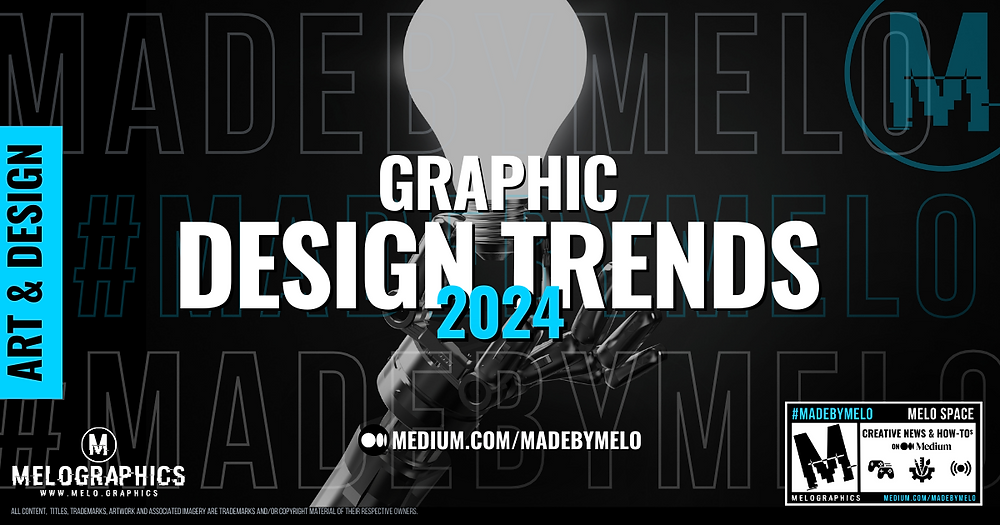Graphic design ads are essential for businesses aiming to capture attention in today’s competitive digital world. By implementing well-planned strategies, brands can improve visibility and engage audiences effectively. Learn how to craft graphic ads that deliver results in this guide.
1. Understanding Your Target Audience
Identifying Key Demographics
Understanding your audience’s age, gender, and preferences is the first step in creating impactful ads. Tailored ads cater to specific needs, making them more relatable and engaging. Click here For example, younger users may prefer dynamic visuals, while professionals might prefer clean designs. Demographic insights ensure your designs resonate with the intended audience.
Analyzing Audience Behavior
Audience behavior reveals valuable patterns, such as preferred platforms and interaction habits. For instance, tracking when users are most active can help time your ad placements effectively. Studying browsing habits ensures your designs align with user expectations. Behavioral insights let you create ads that naturally fit into their online experience.
2. Utilizing Strong Visual Elements
Choosing Impactful Colors
Colors influence how viewers emotionally connect with your ad. Bright colors evoke excitement and energy, while softer shades bring a calm, elegant tone. Selecting the right color palette enhances brand recognition and evokes the desired feelings. Strategic use of colors makes your ads more noticeable and memorable to audiences.
Enhancing with Thoughtful Typography
Typography plays a vital role in delivering a clear and visually appealing message. Bold fonts highlight essential details, while complementary styles create balance. Using readable fonts ensures viewers quickly understand your message. A harmonious combination of typography and design boosts overall engagement and comprehension.
3. Crafting a Clear Message
Focusing on Simplicity
Simplicity in messaging prevents overwhelming your audience with too much information. A focused approach makes it easier for viewers to quickly grasp the purpose of your ad. Highlight one or two key messages that resonate with your target audience. Simplified content ensures maximum impact and minimizes distractions.
Highlighting the Call to Action
Your Call to Action (CTA) must guide viewers toward the desired outcome effectively. Use action-oriented phrases like "Get Started Today" or "Explore Now" to inspire immediate responses. Click here Make the CTA visually prominent by using contrasting colors and bold fonts. A clear and compelling CTA boosts ad performance significantly.
4. Incorporating Brand Identity
Maintaining Visual Consistency
Consistency in design reinforces your brand’s image and builds trust with your audience. Use uniform logos, color palettes, and fonts across all ad campaigns. This creates a cohesive experience that helps viewers associate the visuals with your brand. Consistent branding establishes familiarity and enhances recall over time.
Aligning with Brand Values
Ensure that your graphic design ads reflect the core values your brand represents. Whether it’s sustainability, innovation, or inclusivity, weave these elements into your design. Highlighting values builds emotional connections with your audience, fostering loyalty. Aligning visuals with your mission strengthens your brand’s authenticity.
5. Leveraging Social Media Trends
Customizing for Platform Specifications
Different platforms require unique ad formats to maximize engagement. For example, Instagram favors square visuals, while TikTok thrives on vertical videos. Tailoring designs to platform-specific dimensions ensures a professional appearance. Aligning with platform guidelines improves ad visibility and user interaction rates.
Integrating Trending Topics
Incorporating trending topics makes your ads more relatable and timely. For example, using popular memes or hashtags can boost shareability among viewers. Click here However, ensure trends align with your brand message for authenticity. Thoughtfully adapting trends ensures your ads remain relevant while maintaining brand integrity.
6. A/B Testing Your Ads
Experimenting with Design Variations
A/B testing involves creating multiple versions of your ad with slight differences, such as layout or colors. This allows you to assess which design performs better in real-time. Testing variations provides actionable insights into audience preferences. Iterative improvements based on test results ensure optimized ad performance.
Optimizing with Performance Data
Performance metrics like click-through rates and engagement levels reveal what resonates with your audience. Analyze data to identify successful elements in your design. This approach enables you to adjust underperforming ads for greater impact. Regular data-driven optimization ensures your ads achieve the best results possible.
7. Staying Updated on Design Trends
Incorporating Modern Aesthetics
Staying current with design trends ensures your ads remain visually appealing. Modern techniques like 3D visuals, minimalist designs, or dynamic animations attract today’s audiences. Fresh designs help distinguish your brand from competitors. Following design innovations ensures relevance and engagement in an ever-evolving market.
Responding to Changing Preferences
Consumer preferences change over time, making it crucial to adapt your designs. Regular updates to fonts, colors, and imagery keep your ads aligned with audience expectations. Click here Gathering feedback can guide these updates effectively. Adapting quickly ensures your ads remain impactful and resonate with your target audience.


